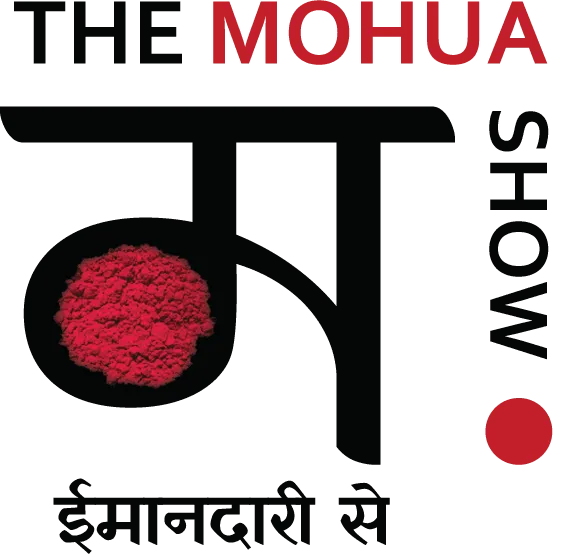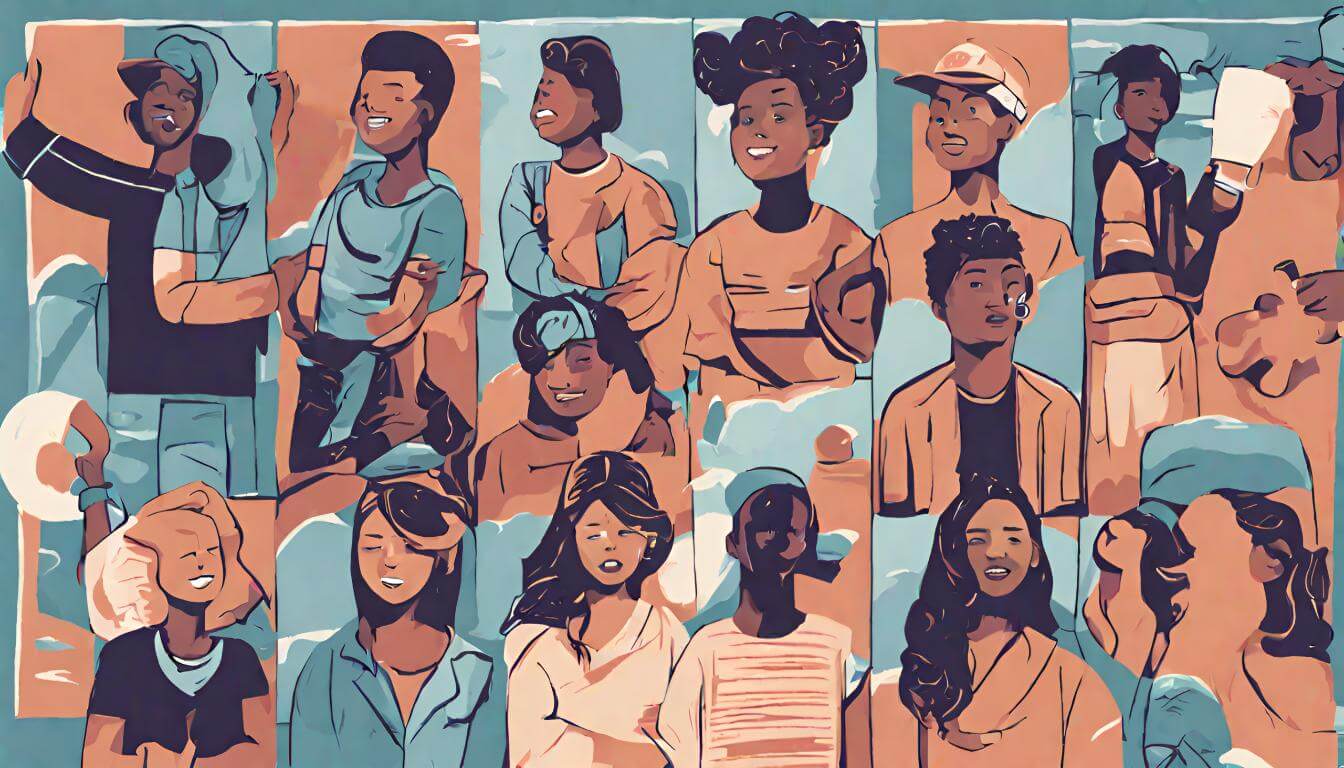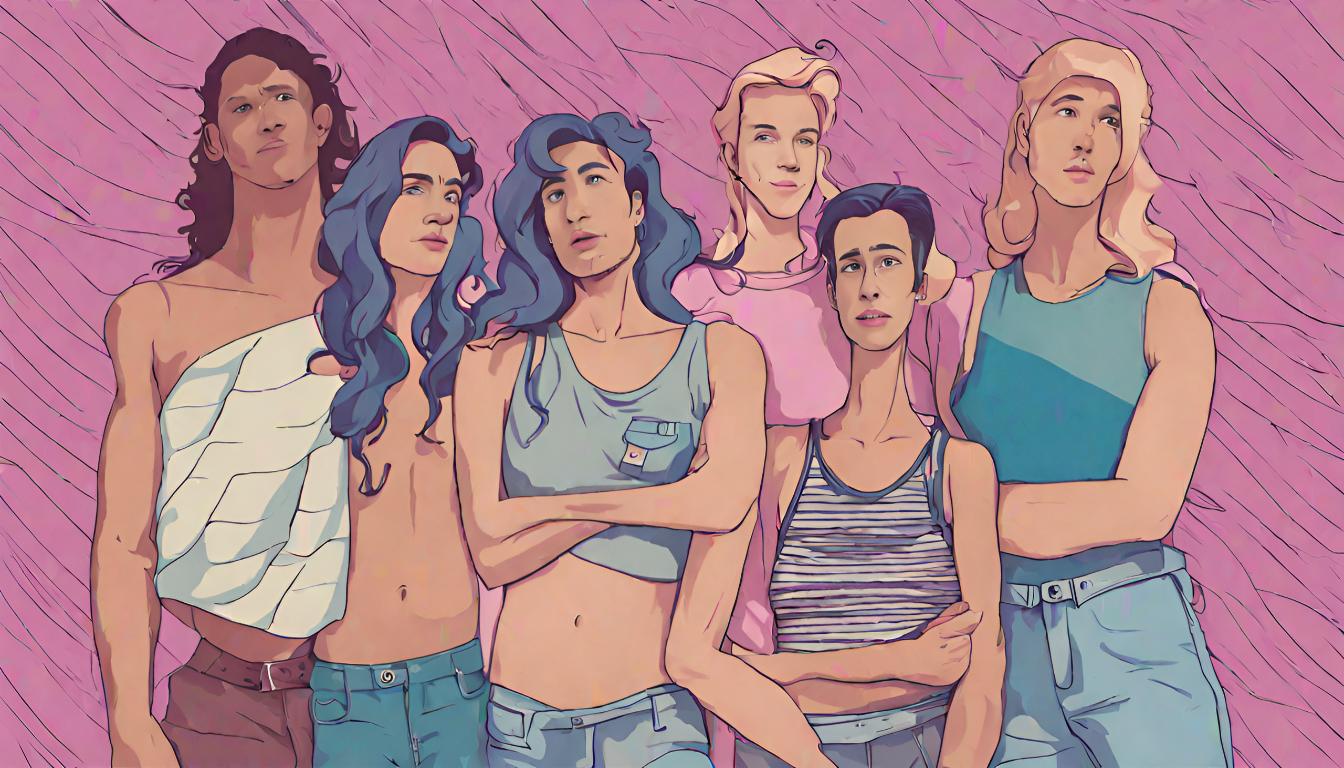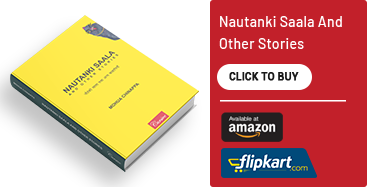Manipur’s Mighty Weaves
As I tie my Manipuri sarong over my waist, I was transported to the calm Loktak Lake where the ripples on the calm water is a camouflage of the constant anger of the common Manipuri. The History of Manipur has seen blood and a barbarous past like so many North Eastern States of India. Cut off from mainstream India, their protests were mostly unheard by the Government Of India. From 1980 to 2004, the impotent Indian Government referred to Manipur as a “disturbed state”- a term given by the Ministry Of Home Affairs. The Army was given special powers to act. The laws allowed the Army to use public and private space in any manner they deemed fit. I can’t help but recall how my home in Shillong was finally the Army resting spot. With guns in their hands and lust in their eyes, they took over homes, streets and lives of the simple hill people.
Legal immunity was given to the armed forces. The rape of Thangjam Manorama Devi still sends shivers down my spine. A young mother raped by the army. What followed was the nude protest by the Meira Paibis Women Association, which later went on to be known as the Meira Paibis movement. And the hunger strike by Irom Sharmila Devi, that which Indian history won’t ever forget.
My dearest college friend from Jamia Millia Islamia was another young girl sent to Delhi to study. The terror-ridden state was a hindrance to Binaya Yumlumbum. We called her Dolly and at times to irritate her, we called her Yumbum. And Dolly came to Delhi from little Manipur. We struck a friendship on being critical of others, that we thought were plebeians and foolishly believed that we were different. The bond we formed lasts even today.
We text every morning, write unhindered on that group. I can feel her love from across the blue mountains of Manipur, where death, curfews, atrocities are in continuity. I remember her wearing her traditional Phenak in college and looking every bit the Manipuri princess that she is. I told her my heart weeps for my friend Kishen, another classmate who was shot down by insurgents. I bleed from inside, recalling his eyes glinting into the Delhi sun, discussing his future plans with us.
As I wear my Phenak, so many are unaware of the traditional attire of the North East. I want to protest, against this proud lack of awareness about this part of our own country. They are called Chinkys everywhere.
As I write, I hope I can shed some light on the dark stories of the gentle Meiteis of Manipur and their art and craft, lost to the blue mountains.
I returned home to find a courier with Dolly’s address on it. I held that against my heart and gently opened the packet. She had sent me a Phenak from the looms of Imphal. I was tearing up from within. I travelled back to those days of Delhi and how she swore she would never marry and never leave Delhi ever. We were three friends. Kamini Sanan, Dolly and me. Each of us had a dream. None of us could achieve what we had planned that summer noon at the college cafeteria, where credit was the way forward to the extra samosa and extra cup of tea. A break up meant that the world was crushing under its weight and we sat hours discussing the boy in question and also worry about the Romanticism paper we had to pass.
Today, I wear the Phenak with love and a big thank you to friendships that have stood the test of time. I am humbled.
I am a dreamer. I hope readers would include the wonderful North Eastern weaves and clothing into mainstream Indian fashion. Also, adapting to the Northeast Indian fashion sensibility is an incredible way to learn and understand more about the art and craft of the people from this almost forgotten land. I get ready to meet my drinking buddies in a bar in Bangalore. I enter the space with people dressed in western attire and me in my Phenak. As I walk towards the bar to ask for a double shot of Vodka, I have two young girls walk up to me and ask if I could tell them where I got my sarong from. I tell them from Imphal. They look disappointed and confused wondering where Imphal is. I quietly worked on my kindness reserve and not get angry, because to not know your own country is a shame. But I refuse to give them a lecture about the geography of India and suggested that they could buy this online. Buying one Phenak will continue the dying looms of Manipur.
I again bow my head to the resilience of the Meitei people who smile through their tears, sorrow as they heal from the atrocious political history of Manipur. A bloody past that we hope would be calm like the Loktak Lake that flows gently towards its destination.
I see myself lying on that boat with the Phenak and the dupatta breezing over my face. May those oars of uncertainty take me forward, dear lord, I pray.
Meira Paibi movement, the nude march of the women of Manipur should make each of us angry forever. I cover my ankle with my Phenak hoping no one can see the nudity of my failings and fallings from there to the now.
Comments:
-
julie kagti
lovely writing and very touching.






Bina Yumnam
Wow Mahua ! Thank you for writing so beautifully about Manipur. I still remember you as the one with the red bindi so well in place and the one with the captivating smile. Your write- up took me back to those Jamia days I cherish. Viva la friendship ! Keep writing .????